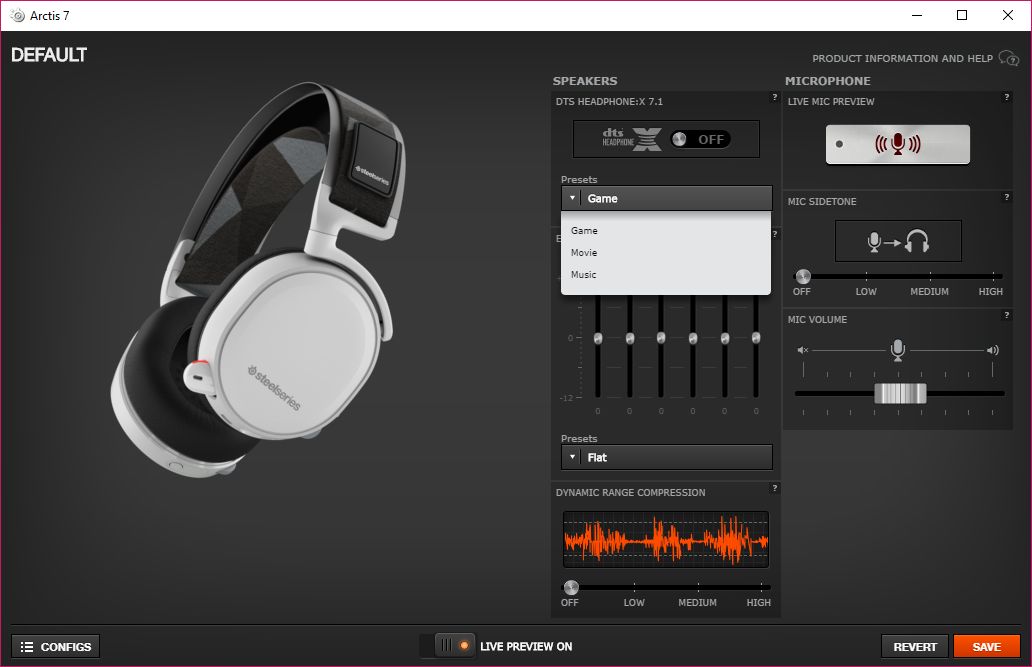

You will get an error message if you select too much audio to try and repair. You will need to zoom in to see the individual samples to use this effect.Ībove this length, it becomes too hard to interpolate what should be going on in the section under repair. Repair of short sectionsĪudacity has a Repair effect which can be used to repair a short length of up to 128 samples long (for most audio, only a few thousandths of a second) by interpolating from the neighboring samples. This is about 93 milliseconds at 44,100 Hz project rate as shown in Selection Toolbar. For this type of noise, select an area of vinyl that contains only the noise (no music or speech) and use Effect > Noise Reduction.įor details of how Audacity's Click Removal works see this page in the Wiki.Ĭlick Removal requires an audio selection of more than 4,096 samples. Very soft and rapid light ticks that sound like static electricity and which are typical of vinyl (even though the pressing is often the cause rather than a static charge) will not be effectively removed with Click Removal. Then, using the settings from your preview testing, use the Click Removal effect on selected regions of audio or on the whole project. Preview the effect with these different settings to get the best results. For broader clicks, move the "Spike Width" slider further to right. Softer clicks may require you to move the threshold slider further to left (but moving it too far to left may create a "broken up" effect with too much audio removed). Move the "Threshold" slider to adjust how sensitive the click detection is, and the "Spike Width" slider to adjust the length of spiked audio to be considered as a click.

Zooming right in and selecting only an individual spike may not work well - extend the selection a little either side of the immediate click or group of clicks to give the algorithm more idea of the undamaged audio it can use.

You can select part of a track by clicking in the track and dragging to left or right with your mouse, or by holding down Shift and the left or right arrow keys. If there are a lot of clicks it is possible they may be removed more effectively by selecting individual clicks or groups of clicks rather than the whole track. Alternatively, you can select all the audio in the project by using Select > All or its shortcut Ctrl + A ( ⌘ + A on a Mac). You can select all of a track by clicking on its Track Control Panel. To use Audacity's Click Removal first select the audio from which you want clicks repaired.

For somewhat longer regions of audio, try:.For hard to spot clicks you may want to try Click removal using the Spectrogram view.Audacity's Repair effect can repair a short length of up to 128 samples by interpolating from the neighboring samples.These methods are only really useful if you have a relatively small number of clicks and pops to deal with otherwise, these approaches will be too labor-intensive and time-consuming: The primary tool in Audacity for dealing with clicks and pops is the Click Removal effect.Ĭlicks which do not get removed with Click Removal can be treated individually with other methods. First, without zooming in too far, visually inspect your recording for clicks - they will show up as abnormally tall (sticking up or down), very narrow (one or two pixels wide) vertical lines protruding from the waveform. There are a number of ways you can use Audacity to remove clicks and pops from your recording.


 0 kommentar(er)
0 kommentar(er)
